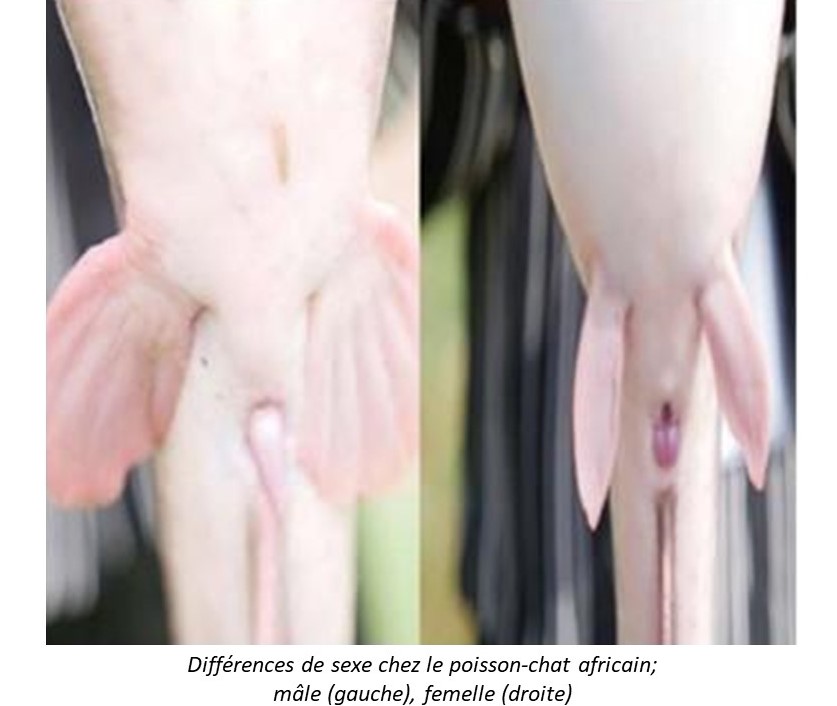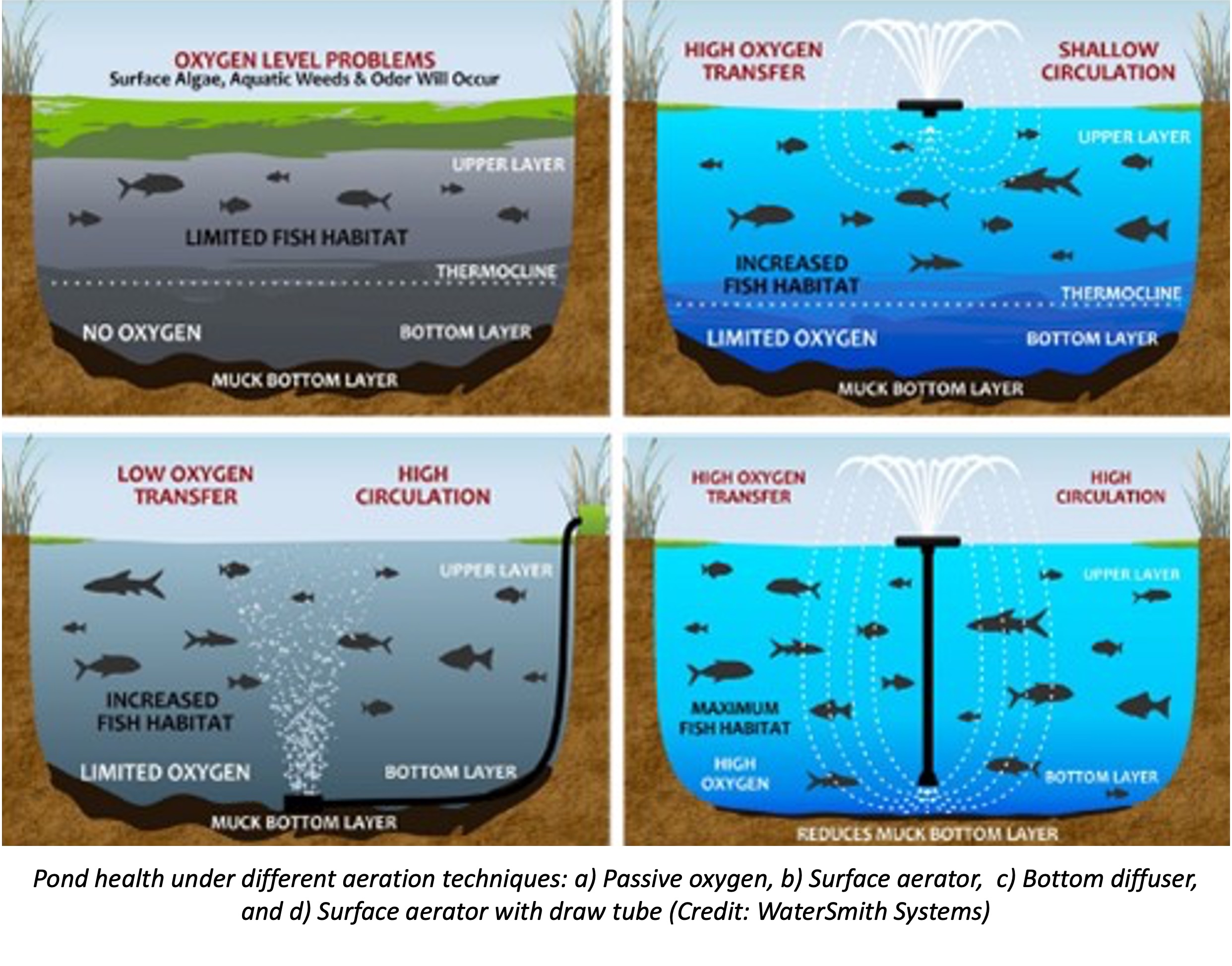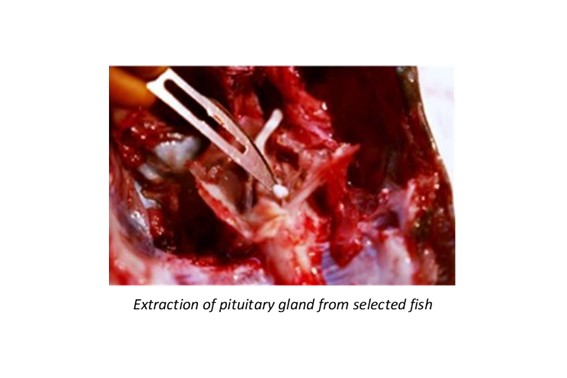Fast Growing and Hybrid African Catfish
Summary
The African catfish is excellent for inland freshwater farming and has large potential to boost local and regional production and improve human nutrition and protein security across Africa. Catfish are native to all Sub-Saharan African countries and are widely consumed. Rearing catfish started fifty years ago in West and Central Africa. They grow fast and are omnivorous (including many low-cost agricultural byproducts), they are hardy against common pests and tolerate low water quality, they can be farmed at high stocking density with potential annual production of 6-16 ton per hectare, they mature and reproduce easily in captivity, and they can be sold live, fetching a higher price than tilapia. One favorable characteristic is their ability to gulp air when oxygen levels are low, making pond aeration less difficult and risky. Scarcity of quality fingerlings from improved catfish breeds by local hatcheries is a major hurdle to enhancing yields and returns of farmers and meeting demand from local markets. As a result, too many fish farmers collect fish eggs from the wild or purchase poor quality fingerlings.
About the Solution
The most popular catfish breeds for farming are the African sharptooth catfish (Clarias gariepinus), which has a dark gray or black coloration on the back, fading to a white belly; and the African catfish (Heterobranchus bidorsalis) with greyish brown on the back and sides, a pale brown on the belly and some individuals showing a marbled coloration at the rear of the body. Both species are fast-growing and well adapted to conditions in Sub-Saharan Africa. Crossbreeding female C. gariepinus with male H. bidorsalis produces a hybrid offspring (Hetero-Clarias) that has a superior growth rate, higher survival, and hardiness compared to the parents. It does not spend energy on reproduction because the hybrid is sterile and has a high feed conversion. The hybrids also have a white meat which is usually preferred by consumers. The two species do not mate with one another naturally. Hybridization requires that female catfish are given a hormone injection, which induces the release of eggs. They are anesthetized, and eggs are “stripped” by gently pushing the belly. Male catfish are killed to harvest their seminal fluids, also known as milt, which is subsequently mixed with these eggs. Fish farmers can perform the process themselves after short-term training.
Catfish can be cultured in ponds, cages, and raceways. A larger percentage of catfish are produced in earthen ponds. Warm water is needed for good growth, with 27°C to 29°C being the optimum. Fish will also survive in temperatures as low as 16°C but feeding rate will reduce. All regions of Sub-Saharan Africa are suitable for commercial production of catfish, even in highland regions where temperatures drop during the night. A location with reliable access to clean water is needed to maintain the quality of ponds and to achieve desired growth rates and feed conversion.
A hatchery typically includes indoor units and outdoor structures, efficient waste management for environmental health, understanding and compliance with biosecurity issues, water storage tanks, hatching/incubating troughs, and water filtration to remove all mineral solids and debris from the water. Other materials include buckets to transport larvae and fry, a water testing kit, rectangular or circular fry tanks, nursery ponds for fingerlings, and pumps for water and air. Hatchery operations require superior broodstock (fertile and healthy), syringes, hormones to induce female broodstock, and knowledgeable and skillful hatchery operators. Fish farming starts with sourcing quality fry or fingerlings from an improved breed that grows fast and converts feed to flesh more efficiently. Certified hatcheries offer a safe route to increase local supply of fast-growing and hybrid catfish.
Producing seed requires selection of fertile broodstock. Females should weigh 1 to 4 kg and be at least one year old. Female catfish are injected with ovaprim hormone or freshly extracted pituitary can be used to promote egg maturation. Seminal fluid (or milt) is collected from male brooders that weigh 2 to 3 kg which can fertilize eggs from 20 females. Fertilizing eggs is best done in a narrow container, water temperature should be higher than 25°C, and eggs hatch within only 20 and 36 hours. Larvae do not require feeding until three days after hatching because they are feeding on their yolk sacs. Aeration is necessary because fry is very active and require more oxygen. Feed them for 5-8 days with cultured zooplankton or finely powdered shrimp, fishmeal, or special feed. Water quality is very important to managing fish health and monthly antibiotic treatment of ponds can greatly reduce the risk of infection. The pH of water in ponds must be maintained between 6.5 and 9.0, if the pH drops below 6.5 and total alkalinity and hardness below 10 ppm, limestone can be applied to the ponds. A successful farm requires a dissolved oxygen concentrations of 5 ppm or higher.
Commercialization
Commercially available
Solution Images
Institutions




